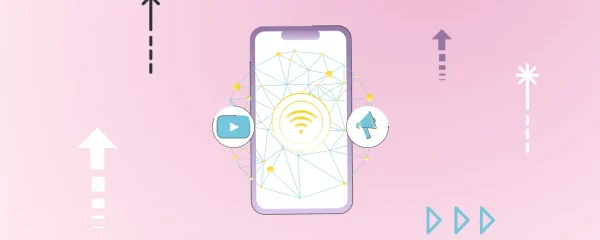In the current cultural climate on the internet, there is an emphasis on the need to evade labels, regulation and commodification. Against the background of the trending #corecore hashtag, we examine how creative expression takes place online. Does internet content really need to be classified by genre?
Since mid-2022, the hashtag #corecore has been gaining traction on TikTok, and subsequently Instagram, with the more popular videos reaching upwards of 2 million likes. On the app, the suffix ‘core’ is used to signify the nature of the aesthetic being displayed. For instance, anything romanticising a rural, countryside lifestyle would be tagged as ‘cottage-core’. If you venture into more obscure subcultures, you will discover tags of ‘goblin-core’, which is the aesthetic appreciation of non-conventional beauty in nature, or, as some describe it, ‘dark cottage-core’. Purely from a judgement of its label, then, the usage of a tag like #corecore can seem both “all-encompassing and meaningless”, as popular Internet meme database KnowYourMeme puts forth.
If you set out to discover what ‘corecore’ means, the idea that you will be met with is that #corecore content can be just about anything. Stylistically, it is composed of disparate clips from TV shows, news broadcasts and Youtube videos strung together at different speeds, often with sonically disorienting background tracks. While there seems to be no overarching theme, they often touch upon the phenomena of oversaturation, depression, disconnection and consumerism. It is almost an anti-trend, evading any sort of categorization within Internet content.
KnowYourMeme, the encyclopaedic repository of Internet content, took to their Youtube channel to dispel mainstream journalist takes on #corecore, offering their own explanation: that corecore is a meta-interpretation of pre-existing cores, and such core-ification of content has led to what is called an “algorithmic media slop”. The essence of this term is that an oversaturation of memes, video clips and images will have each component ricocheting back onto itself, rendering it all meaningless.
In attempting to turn the meaningless of corecore into something meaningful, they say, we are narrowing its definition and scope. Essentially, corecore is about breaking a box, and we must simply not try to put it back into one.
The internet, says Nick Douglas, “is built to give outsized attention to the amateurish, the accidental and the surprise hit.” What he calls the ‘Internet Ugly’ is the aesthetic that differentiates the internet from other forms of media: because on the internet, what is celebrated need not be sophisticated, meaningful or glamorous content – as long as it catches on, in whichever form, with whichever users, it has a place.
Popular Youtuber Noah Samsen uploaded an exploration of #corecore, where he talks through videos from TikTok, and one viewers’ comment almost summarises Douglas’ sentiment – “…the choice of clips is sometimes unclear but the vibe is always undeniable.”
What Douglas suggests, then, is that perhaps the discourse around internet memetic content need not treat it as an aesthetic genre, but a dialect; specifically, a visual and cultural dialect that is adopted by both content creators and consumers in order to communicate aspects of the spheres they inhabit, both online and offline.
Glossop (2023) likens the creation of #corecore content to collage-making and mixtapes, suggesting that it is this generation’s mode of expression using the cultural dialect that resonates most with them. In a study on Gen Z behaviours, McKinsey & Co refer to the group as digital natives who crucially value personal expression and the avoidance of labels. Their consumption trends are anchored in a search for truth, both individually and collectively, that is “radically inclusive”.
Perhaps, then, #corecore is a collective consciousness of cores that stands representative of a generation – one that wants their expression to remain immune to regulation, labelling and commodification.


